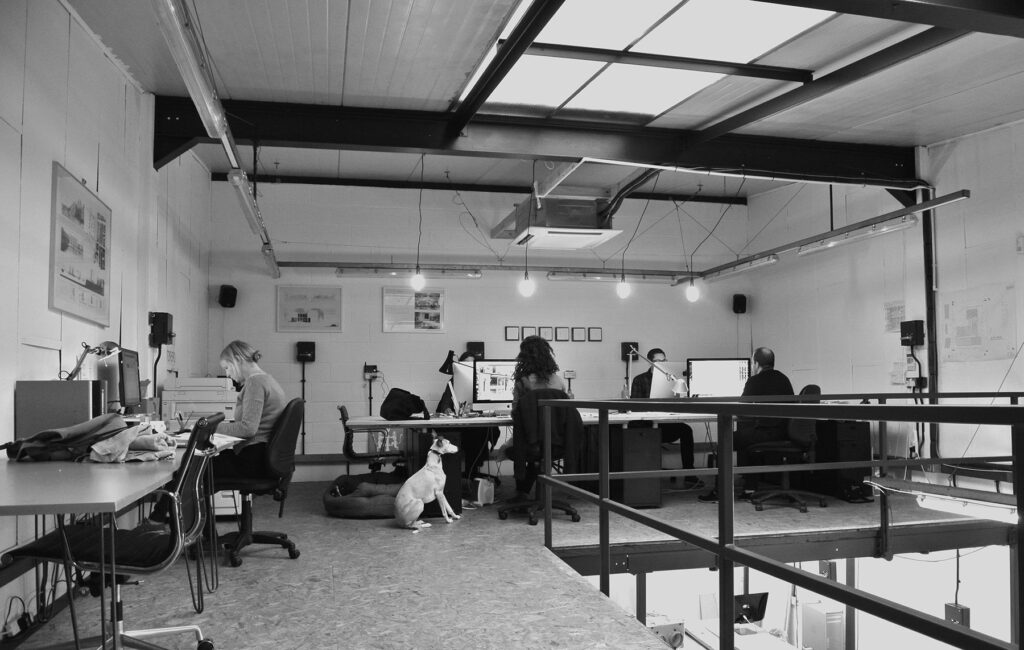What Should You Look for in Professional Factory Architects?

Designing an efficient, safe, and scalable factory requires specialized expertise. Professional factory architects play a critical role in transforming industrial needs into functional, high-performing facilities. However, not all architects are equally equipped to handle the complexities of factory design. Here’s what you should consider when selecting usine architects Stendel + Reich or other professionals to ensure your project’s success.
- Industry-Specific Experience
Factory design is vastly different from residential or commercial architecture. Architects with specialized experience in industrial projects understand the unique challenges and requirements of factories.
- Familiarity with Industrial Processes: Look for architects who understand workflows, machinery placement, and production processes specific to your industry.
- Track Record of Successful Projects: Reviewing past projects can help gauge an architect’s expertise in designing similar facilities.
An architect with a strong background in industrial design can create layouts that align with your operational goals.
- Knowledge of Safety Regulations
Factories must comply with stringent safety standards and codes to ensure worker protection and minimize risks. A professional factory architect should have in-depth knowledge of these regulations.
- Workplace Safety Standards: This includes ventilation systems, fire safety measures, and emergency exits.
- Industry Compliance: Depending on your sector, there may be additional requirements, such as chemical containment or noise reduction.
Choosing an architect with regulatory expertise ensures your facility adheres to legal and safety requirements.
- Focus on Operational Efficiency
An efficient factory design minimizes downtime, optimizes workflows, and enhances productivity. Architects should consider the following:
- Production Flow: Ensuring seamless transitions between raw material storage, manufacturing, and packaging areas.
- Ergonomics: Designing spaces that prioritize worker comfort and reduce physical strain.
A well-thought-out design maximizes output while minimizing costs and disruptions.
- Adaptability and Scalability
Your factory’s design should accommodate future growth and evolving technology. A professional architect will plan for long-term needs:
- Modular Designs: Flexible layouts that allow for easy addition of machinery or production lines.
- Infrastructure for Advanced Technologies: Space and provisions for robotics, IoT devices, and energy-efficient systems.
Scalable designs save time and money by reducing the need for significant structural changes down the line.
- Emphasis on Sustainability
Sustainable factory design is becoming increasingly important as industries strive to reduce their environmental footprint. Professional architects should prioritize:
- Energy Efficiency: Incorporating natural lighting, insulation, and energy-efficient HVAC systems.
- Eco-Friendly Materials: Using sustainable building materials to reduce environmental impact.
Sustainable design practices not only benefit the planet but also lead to cost savings through reduced energy consumption.
- Collaboration and Communication Skills
Factory projects involve multiple stakeholders, including engineers, contractors, and operations teams. Architects must excel in collaboration and communication to align everyone’s vision.
- Project Management: Coordinating timelines, budgets, and resources effectively.
- Client Engagement: Keeping you informed throughout the design and construction process.
An architect with strong interpersonal skills ensures a smoother, more efficient project execution.
- Understanding of Advanced Technologies
Modern factories rely heavily on automation and smart systems. Architects should have a working knowledge of these technologies to design spaces that support them.
- Automation-Friendly Layouts: Allocating space for robotics, conveyors, and automated storage systems.
- Data Integration: Designing infrastructure to support IoT devices and centralized control systems.
This technological expertise ensures your factory is future-ready.
- Attention to Aesthetics and Branding
While functionality is paramount, aesthetics and branding can also play a role in factory design. Visitor-friendly spaces, such as showrooms or meeting rooms, should reflect your company’s values and identity.
- Brand Integration: Incorporating colors, logos, and design elements that align with your brand.
- Employee Satisfaction: Creating a pleasant work environment to boost morale and retention.
Architects who balance functionality with aesthetics add value beyond operational efficiency.
Conclusion
Selecting the right factory architect is crucial for creating a facility that meets operational demands, ensures safety, and supports growth. By prioritizing industry experience, regulatory knowledge, and sustainability, usine architects Stendel + Reich or other specialized professionals can deliver designs that drive industrial success. Take the time to assess their expertise and ensure they align with your project’s unique requirements.








